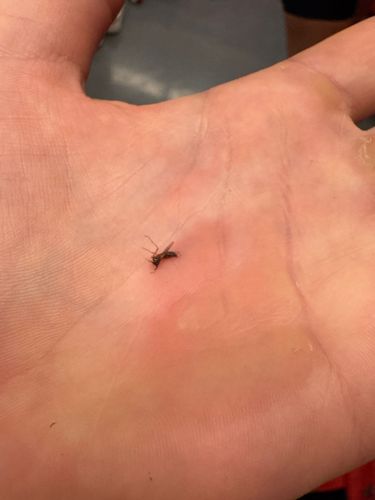Mosquito
Scientific Name: Culicidae
Order & Family: Order Diptera, Family Culicidae
Size: 3-9 mm in length

Natural Habitat
Mosquitoes are found worldwide in various habitats, especially near stagnant water sources like ponds, marshes, ditches, containers holding water, and even damp soil, as their larvae and pupae are aquatic.
Diet & Feeding
Female mosquitoes feed on blood (hematophagy) from mammals, birds, reptiles, and amphibians to obtain protein for egg development. Both male and female mosquitoes also feed on nectar and plant sap for sugar, which provides energy.
Behavior Patterns
Mosquitoes are most active during dawn, dusk, and nighttime. They are attracted to carbon dioxide, body heat, and certain chemicals present in human and animal breath and sweat. Females lay eggs on or near water, which hatch into aquatic larvae and then pupae before emerging as adults.
Risks & Benefits
Risks: Mosquitoes are significant vectors of numerous diseases, including malaria, dengue fever, Zika virus, West Nile virus, Chikungunya, and yellow fever, causing millions of deaths and illnesses globally. Their bites can also cause irritating skin reactions. Benefits: Mosquitoes serve as a food source for other animals (e.g., bats, birds, fish, dragonflies) and male mosquitoes contribute to pollination of some plants.
Identified on: 9/20/2025